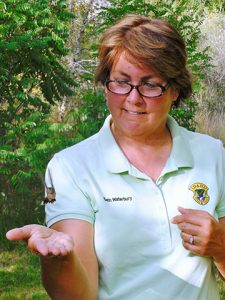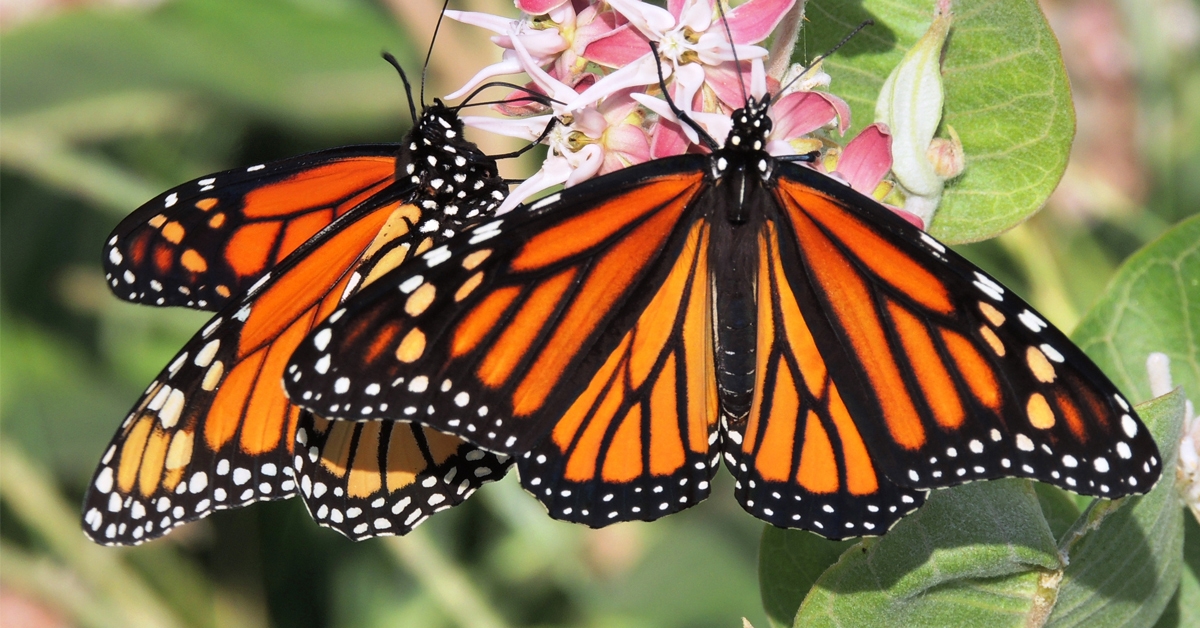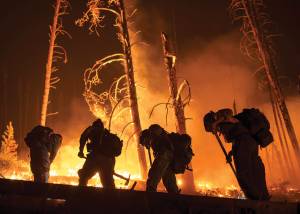By DIANNA TROYER
Long cherished in Idaho for its magnificence, the monarch butterfly was named the state’s insect after Boise fourth-graders lobbied for the designation in 1992. But mysteries surrounded the unmistakable butterfly with its flaming orange wings outlined in crisscrossing black veins.

Where were their favorite places to flit from milkweed to milkweed laying eggs? Where did they fly the most before launching on their fall migration to coastal California?
With the monarch population declining nationwide due to loss of milkweed and other issues, data in Idaho was needed to better understand its population status.
In 2016, Beth Waterbury, regional wildlife biologist for the Idaho Department of Fish and Game in Salmon, was awarded a grant from the U.S. Fish and Wildlife Service to gather information. The federal agency will decide in 2019 whether or not to list the monarch as an endangered species in need of protection.
“This project has consumed my life for the past two years in a wonderful way,” said Waterbury, 61. “The eastern population has been studied extensively but not western monarchs. We knew there were monarchs in Idaho, but lacked any data about their distribution or how Idaho’s habitat contributes to sustaining the western population. A large part of the state has a cool mountainous climate, so we didn’t think the population was extensive.”
For the past two years, researchers have been gathering information, and citizen scientists have been reporting their sightings at monarchmilkweedmapper.org.
“It’s been surprising and exciting,” said Waterbury. “The website map has been filling with dots. We’ve learned that southwestern Idaho is Monarch Central. In eastern Idaho, monarchs breed throughout the Snake River Plain from the Idaho Falls Basin sweeping to the state’s south-central region.”
They have documented breeding monarchs in all 10 climate divisions across the state.
“We’ve learned how important Idaho’s habitat is for their life cycle both for breeding and migration,” she said.
An icon of epic migration, it takes two or three generations of monarchs flying relay style to reach Idaho in the spring. Weighing less than a gram with a 4-inch wingspan, a monarch butterfly’s delicate beauty belies its strength and endurance as it flies 50 to 100 miles a day.
In fall, the fourth and last generation of monarchs produced in Idaho navigates more than 500 miles to winter in coastal California, where they roost in pines, cypress and eucalyptus trees for the next four months of winter.
To support its population, the Monarch Joint Venture with Fish and Game, Fish and Wildlife Service, and the Xerces Society are encouraging people to plant and protect milkweed species on private and public land. The monarch also has become a charismatic ambassador for the importance of pollinators.
“We hope to continue seeing points increasing on the map,” Waterbury said of monarchmilkweedmapper.org.









